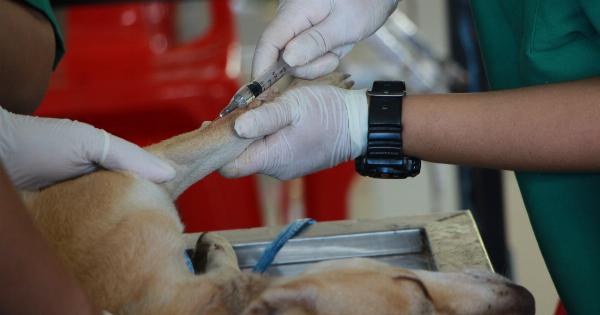Dogs are wonderful companions that can bring a lot of joy to our lives. However, dogs also have the potential to become aggressive and attack, particularly when they feel threatened or scared.
Children are particularly vulnerable to dog attacks, and parents need to take steps to keep their children safe around dogs. In this article, we’ll offer some tips on how to prevent dog attacks on children.
Teach Children How to Interact with Dogs
One of the most important things you can do to prevent dog attacks on children is to teach your children how to interact with dogs.
Children may not realize that their behavior can be intimidating or threatening to dogs, which can trigger aggression in some dogs. Teach your children to be gentle and kind with dogs, and to avoid behaviors that could be perceived as threatening. Teach them to leave dogs alone when they are eating or sleeping, and to avoid hugging or kissing dogs they don’t know well.
It’s also important to teach children never to approach strange dogs without the owner’s permission.
Supervise Interactions between Children and Dogs
Even if your children know how to interact with dogs, it’s important to supervise their interactions with any dog. Children can be impulsive and unpredictable, especially around dogs, and may unintentionally provoke a dog to attack.
Never leave young children alone with a dog, even if it’s your own pet. Supervision is especially important when children are playing with dogs, as rough play can quickly turn into an aggressive interaction.
Choose Dog-Friendly Parks and Playgrounds
When you take your children to a park or playground, it’s important to choose one that is dog-friendly. Dogs that aren’t used to being around children may become agitated or scared in busy, noisy environments, which could lead to an attack.
Look for parks that have designated dog areas, and make sure your children know to stay away from those areas. If you see a dog that looks scared or aggressive, keep your children away from it and report it to the authorities.
Teach Children to Recognize Signs of Aggression in Dogs
It’s important for children to be able to recognize signs of aggression in dogs, so they can avoid them before an attack occurs. Teach your children to watch for signs such as growling, baring teeth, or stiffening of the body.
Dogs that are scared or nervous may also back away, tuck their tail, or flatten their ears against their head. If your children see any of these signs, they should back away slowly and not turn their back on the dog.
Train and Socialize Your Dog
It’s important to train and socialize your dog if you want to prevent dog attacks on children. Dogs that aren’t used to being around people, or that haven’t been trained to behave appropriately, may be more likely to become aggressive.
Make sure your dog is obedient and knows basic commands, such as “sit” and “stay.” Socialize your dog by exposing it to different people, animals, and environments, so it feels comfortable and relaxed around strangers and children.
Provide a Safe Space for Your Dog
Dogs need a safe place where they can retreat when they feel threatened or scared. Provide a crate or a quiet area where your dog can go when it needs to rest or relax.
Make sure your children know not to bother the dog when it’s in its safe space, and teach them to respect the dog’s need for privacy and quiet.
Don’t Punish Dogs for Aggressive Behavior
If your dog does become aggressive towards your children or others, it’s important not to punish the dog. Punishment can make the dog more aggressive, and it may not understand why it’s being punished.
Instead, seek the help of a professional dog trainer or behaviorist, who can help you identify the root cause of the aggression and work with you to develop a training plan to address it.
Get Help Immediately if Your Child is Attacked by a Dog
If your child is attacked by a dog, it’s important to seek medical attention immediately. Dog bites can cause serious injury and infections, and may require stitches or antibiotics.
You should also report the attack to the authorities, especially if the dog was a stray or if the owner was not present.
Conclusion
Dogs are wonderful pets, but they can become aggressive and attack if they feel threatened or scared. Children are particularly vulnerable to dog attacks, and parents should take steps to keep their children safe around dogs.
By teaching children how to interact with dogs, supervising their interactions, and training and socializing your dog, you can help prevent dog attacks on children and keep your family safe.






























